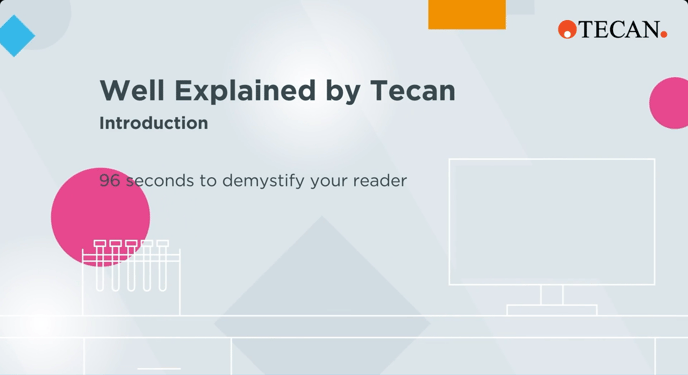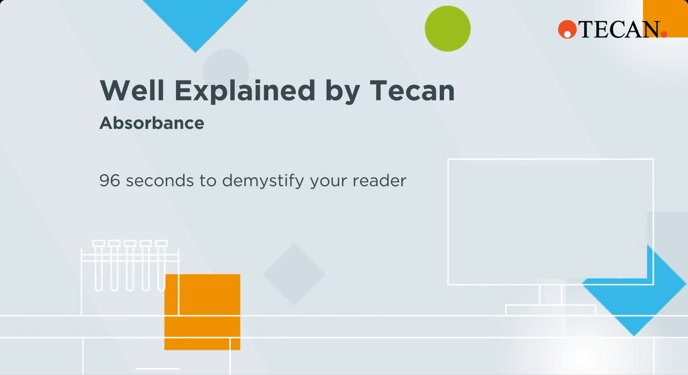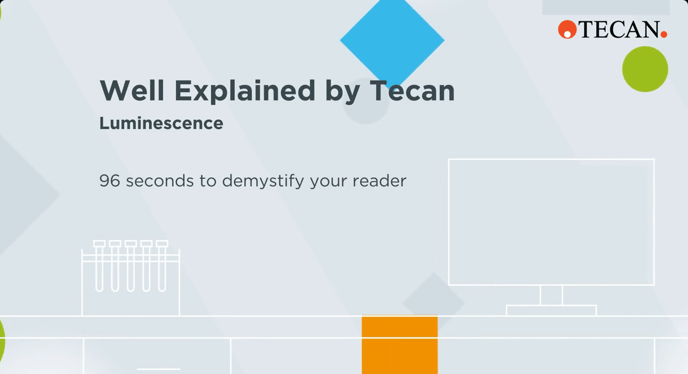Learn more about your microplate reader
Unlock microplate mastery in 96 seconds
It’s Time to Rethink your Reader
Microplate readers are a workhorse in your lab, but they tend to get overlooked as just a “black box”. The sophisticated components and precisely engineered mechanisms required to produce your data sets definitely deserve more attention. Our Well Explained series showcases the inner-workings of these essential pieces of laboratory equipment, from optics to read modes, to help improve your understanding and appreciation of this essential instrument – complex science simply explained.
For more information and to download our poster, please visit our Well-explained Video series.
1. Introduction
2. Reader Basics – Learn what a microplate reader is and the basics of how it works.
3. Reader optics – We explain the path of the light through the instrument and how the correct wavelength is selected to measure your sample. Learn the difference between filter- and monochromator- based instruments and why this makes a difference for your assay.
4. Absorbance – Understand the basic principles of wavelength dependent measurements of optical density (OD), which is used for many different applications like ELISA, cell growth studies and nucleic acids or protein quantification.
5. Fluorescence – Learn about fluorophores and fluorescent dyes for your samples, used for applications like nucleic acids and protein quantification. The principle of fluorescence can also be used for more advanced applications like cell proliferation, cell toxicity and high throughput applications such as drug discovery.
6. Luminescence – Luminescence is the emittance of light due to a chemical reaction within your sample. This principle is used to measure Luciferase -based gene expression assays, ATP detection or protein-protein interactions. Learn about the differences between flash and glow reactions and why injectors can help you to optimize your flash reactions.
Further Help
For further help, please refer to our Helpdesk.
Please also find more information on our Tecan Homepage:
402560-02





